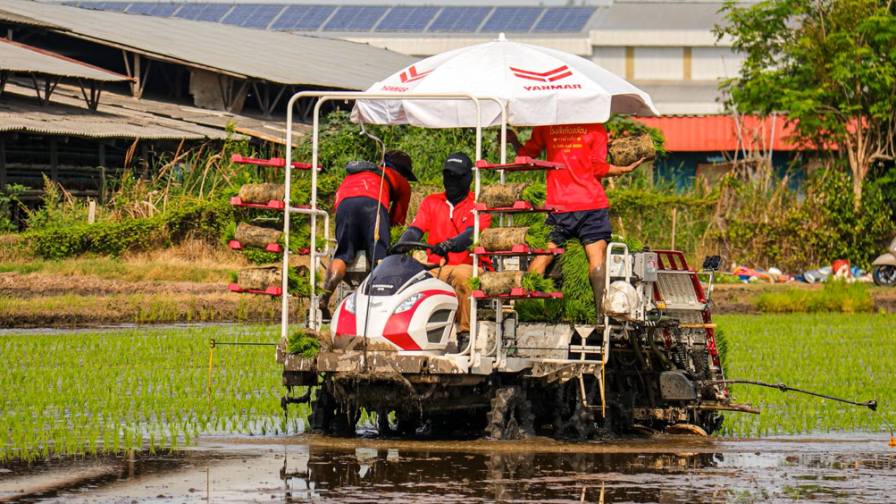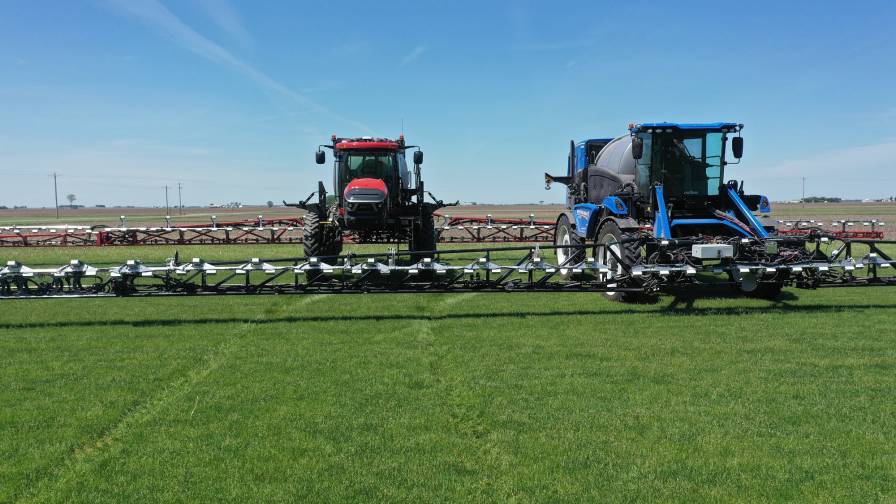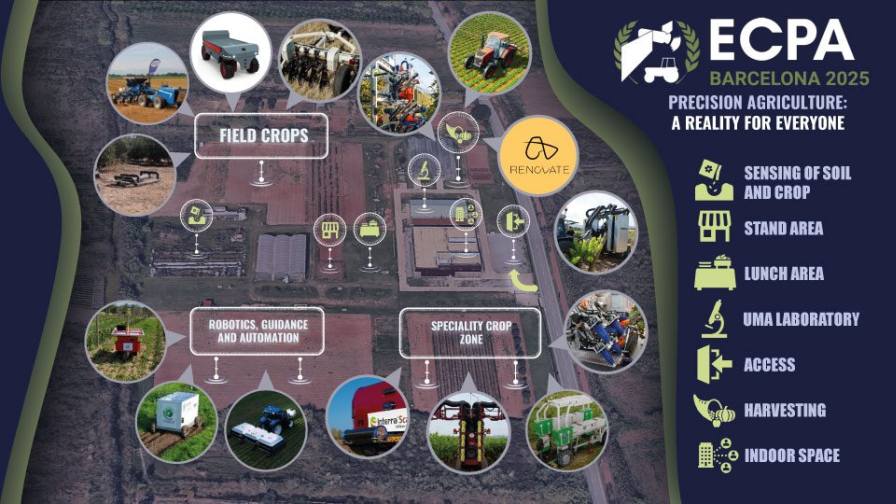Agriculture Analytics Market Powers the Future of Data-Driven Farming Practices
The need for agriculture to sustain food production while conserving resources and confronting climate issues is driving the transformation of modern farming through essential agriculture analytics. Through satellite imagery and weather forecasting as well as yield prediction and pest modeling agriculture analytics deliver digital intelligence which supports informed decision-making in real time and achieves operational efficiency for farms regardless of size.
Market Snapshot
The Agriculture Analytics Market experiences accelerated growth because of increasing demand for precision farming and digital agriculture. The market value stands at US$ 6.49 billion in 2024 and is projected to reach US$ 14.22 billion by 2030 with a compound annual growth rate (CAGR) of 14.4% during the forecast period. The agriculture analytics market leadership in North America stems from extensive implementation of connected farming systems alongside AI-based decision tools. Asia-Pacific stands out as the most rapidly expanding market because of digital farming programs and growing internet access along with government-backed agri-digitalization projects in India, China, and Southeast Asian countries. Leading companies operating in the global agriculture analytics market are Trimble Inc., IBM Corporation, Wipro, SAP SE, Iteris, Taranis, Oracle Corporation, Conservis Corporation, Geosys Inc., and additional entities.
Analytics as the backbone of smart farming decisions
The introduction of agriculture analytics is transforming farm operations across input planning and crop monitoring until harvest forecasts and supply chain management. Farmers now apply data science and artificial intelligence to move their management strategies from intuitive to evidence-based practices.
Core Applications in Agriculture Analytics:
MORE BY THE RESEARCH INSIGHTS
Smart Spraying Takes Root: Agriculture Spraying Equipment Market Grows With Precision And Sustainability At The Core
- Yield Forecasting & Crop Modeling: Use historical and real-time data to estimate future agricultural yields.
- Weather & Climate Analytics: Maximize planting and harvest schedules with analysis of hyperlocal weather patterns.
- Soil & Field Mapping: Develop comprehensive field maps to guide precise seeding and fertilizer application rates.
- Pest & Disease Detection: Analyzing patterns enables risk prediction which leads to the application of precise treatments.
- Farm Financial Analytics: Integrated dashboards enable better budgeting processes alongside improved risk assessment and ROI forecasting capabilities.
AI, Machine Learning & Cloud Integration Drive Innovation
Agricultural analytics solutions utilize AI together with machine learning algorithms to identify patterns and anomalies while automating farm activities. The integration of cloud-based platforms with IoT sensor networks enables analytics tools to create remote-accessible real-time decision support systems (DSS) for agronomists and farmers. The use of predictive analytics platforms now makes it possible to automate irrigation processes and fertilization schedules while deploying drone-based interventions which lowers labor demands and enhances operational precision.
Sustainability and Efficiency Through Data Intelligence
Analytics-driven farming contributes directly to sustainable agriculture. Farmers who use resources optimally are better able to reduce environmental impact while strengthening their resilience to changing climate conditions. Analytics platforms help prevent excessive fertilizer usage while optimizing water management and establishing farm-to-table traceability to support worldwide sustainability and food security objectives.
Challenges in Market Penetration
The agriculture analytics market continues to encounter distinct obstacles even though it shows great progress:
- High Initial Costs & Subscription Models: Smallholder farmers usually cannot afford premium analytics services because they lack sufficient capital.
- Data Literacy & Technical Skill Gaps: Numerous farmers need educational programs to understand and use analytical results properly.
- Data Integration Issues: The adoption of platforms faces obstacles due to inconsistent systems and data format variations.
- Limited Rural Connectivity: Developing countries face infrastructure bottlenecks that prevent the delivery of real-time analytics.
The joint efforts of governments alongside agritech companies and academic research bodies are necessary to make agricultural analytics widely accessible.
Emerging Trends & Opportunities
- Farm Management Platforms: Centralized dashboards provide complete analytics solutions for managing crops, livestock, and farm machinery.
- Blockchain for Agricultural Data: Strengthening supply chain data integrity while ensuring traceability.
- Edge Analytics & 5G Connectivity: Local data processing combined with better connectivity results in faster and more accurate analytics.
- Customized Analytics for Smallholders: Developing region small farms benefit from scalable localized solutions designed to meet their specific needs.
- Carbon Footprint Tracking Tools: Analytics allow farms to monitor greenhouse gas emissions while helping them report findings and establish reduction strategies.
The agriculture analytics market acts as the farming digital nerve centre
The visible face of smart agriculture is represented by drones and tractors while its invisible brain consists of agriculture analytics which converts massive data streams into actionable insights. As farming systems worldwide evolve to prioritize automated processes and sustainable methods analytics will become essential to protect farms for future challenges.
The agriculture analytics market functions as the essential foundation of modern farming by enhancing productivity while preserving resources and building resilience. Through strategic investments in digital infrastructure alongside user training and inclusive technology models agriculture’s transformative potential can reach every sector within the agricultural industry.









